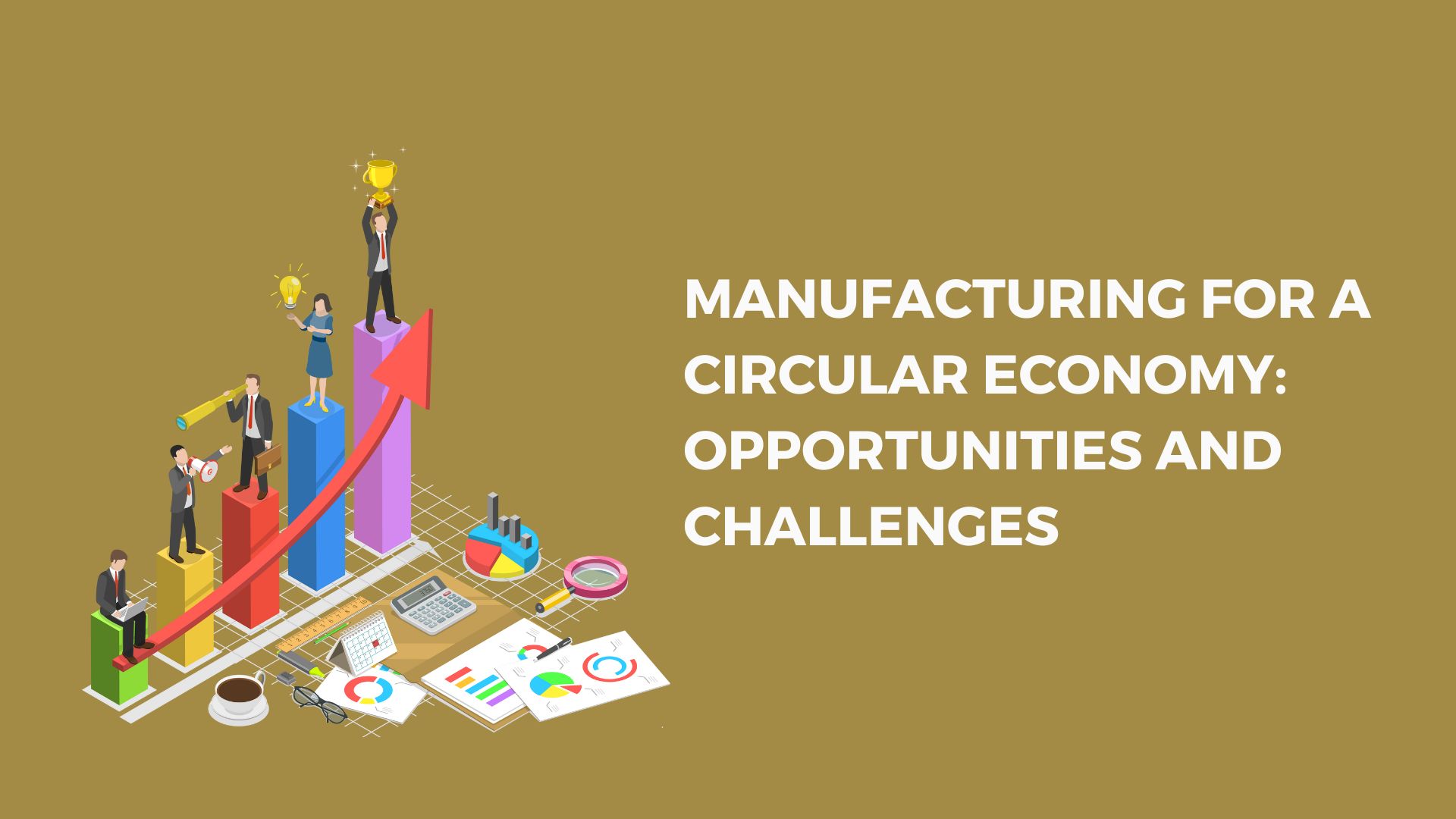In today’s world, where environmental concerns are at the forefront, the concept of a circular economy has gained significant traction. At its core, a circular economy aims to minimize waste and maximize the lifespan of resources by promoting recycling, reusing, and remanufacturing. Within this framework, manufacturing plays a pivotal role, offering both opportunities and facing challenges as we strive to transition towards a more sustainable model of production.
Embracing Opportunities:
1. Resource Efficiency:
Manufacturers have the opportunity to optimize resource usage by designing products with longevity in mind. This involves using durable materials, implementing efficient production processes, and minimizing waste generation at every stage of the manufacturing lifecycle.
2. Closed-Loop Systems:
Embracing closed-loop systems allows manufacturers to recover and repurpose materials from end-of-life products, thereby reducing the reliance on virgin resources. By implementing effective recycling and remanufacturing processes, companies can create a continuous cycle of resource utilization, minimizing environmental impact and enhancing resource security.
3. Product Design for Sustainability:
Integrating sustainability into product design is paramount for achieving a circular economy. Manufacturers can explore innovative design strategies such as modular construction, use of recyclable materials, and ease of disassembly for repair and recycling. These approaches not only extend product lifespan but also facilitate resource recovery at the end of the product’s lifecycle.
4. Collaboration and Partnerships:
Collaboration across the manufacturing value chain, including suppliers, producers, and consumers, is essential for driving the transition to a circular economy. By fostering partnerships and sharing knowledge and resources, companies can collectively identify opportunities for waste reduction, resource optimization, and innovation in product design and manufacturing processes.
Confronting Challenges:
1. Technological Barriers:
Despite significant advancements, certain technological barriers still hinder the widespread adoption of circular manufacturing practices. Challenges such as limited availability of recycling technologies for certain materials, lack of standardized processes, and high initial investment costs pose hurdles for manufacturers seeking to embrace circularity.
2. Cultural Shift:
Transitioning towards a circular economy requires a fundamental shift in mindset and culture within the manufacturing industry. Companies must prioritize sustainability and environmental stewardship, even if it means reevaluating traditional business models and practices. Educating stakeholders and fostering a culture of innovation and sustainability are crucial steps in overcoming resistance to change.
3. Regulatory Landscape:
Navigating the regulatory landscape presents another challenge for manufacturers committed to circularity. While regulations aimed at promoting environmental sustainability are essential, inconsistencies across jurisdictions and compliance burdens can impede progress. Policymakers must work collaboratively with industry stakeholders to develop clear, consistent regulations that support and incentivize circular manufacturing practices.
4. Consumer Behavior:
Consumer behavior and preferences play a significant role in driving demand for sustainable products and influencing manufacturers’ decisions. However, achieving widespread consumer acceptance of circular products may require increased awareness, education, and incentives. Manufacturers must effectively communicate the environmental benefits of circular products and address consumer concerns regarding quality, price, and convenience.
Conclusion:
Manufacturing for a circular economy presents both opportunities and challenges on the path to sustainability. By embracing resource efficiency, closed-loop systems, sustainable product design, and collaboration, manufacturers can unlock the potential for more resilient and environmentally responsible production processes. However, overcoming technological barriers, fostering a cultural shift, navigating regulatory complexities, and addressing consumer behavior pose significant challenges that require concerted efforts from industry stakeholders, policymakers, and consumers alike. Ultimately, by working together and embracing innovation, the manufacturing industry can lead the way towards a circular economy that benefits both people and the planet.









